MOBuS - Economic Graph Architecture for Business Operations
Business operations fragment across disconnected tools while true cost relationships remain invisible. Organizational hierarchies exist separately from work execution. Resource allocation lacks economic visibility. MOBuS integrates these dimensions through unified graph architecture where every activity connects to real economic value, revealing the causality between what organizations do and what they spend.
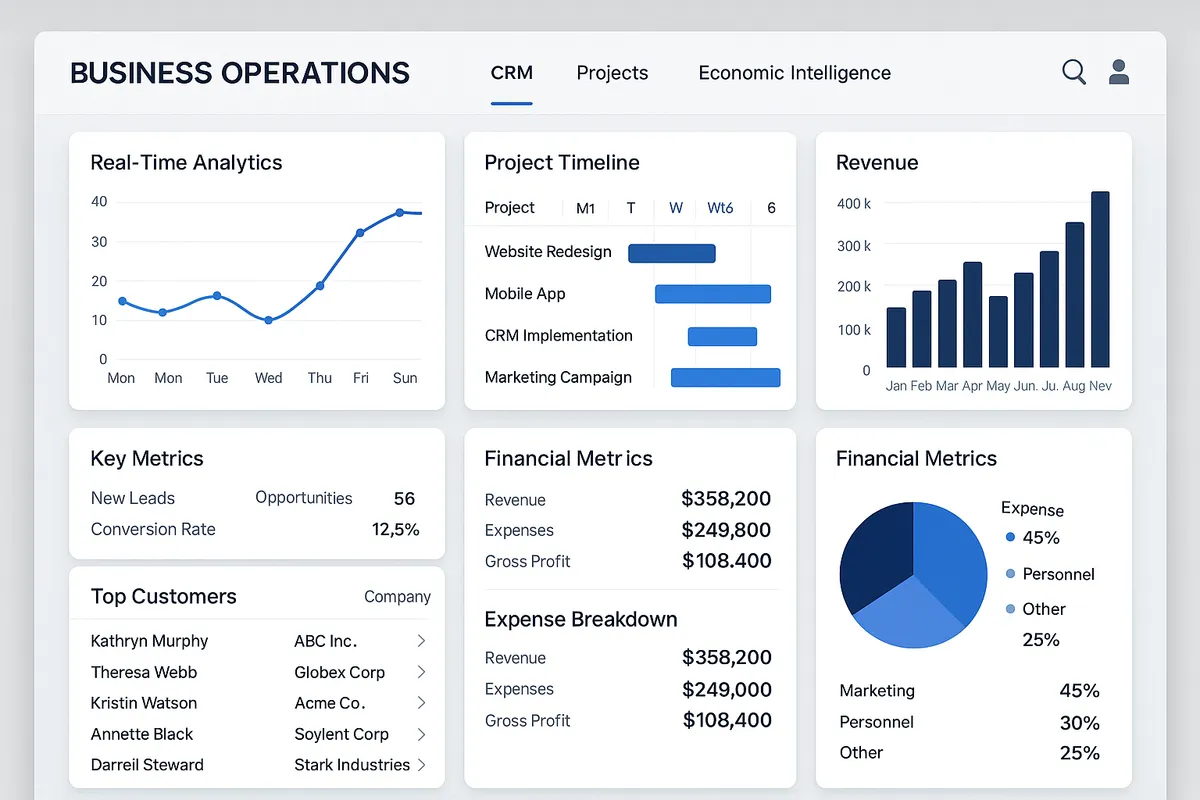
Key Features
Unified Economic Graph Architecture
Organizational structure, task execution, and resource economics integrate into a single causally connected graph. Every activity traces to real costs. Every resource declares economic value. Business operations become intelligible rather than opaque.
Golden Rules Enforcement
Architectural constraints ensure operational integrity: individuals function within organizational scope, supplies carry declared value, tasks connect to executable resources. System design prevents the data inconsistencies that plague traditional business software.
Directed Acyclic Graph Operations
Multiple DAG structures (organizational accounts, asset hierarchies, task dependencies) enable sophisticated multi-dimensional analysis. Complex business relationships become navigable and computationally tractable.
Enterprise Scaling on BEAM Architecture
Elixir/BEAM technology proven at billions of users scales smoothly from startup operations to enterprise complexity. Real-time collaboration, fault tolerance, and concurrent operations built into the foundation.
The Business Operations Fragmentation Problem
Business operations management systems typically fragment across multiple dimensions that should integrate but do not. Customer relationship management exists separately from project execution. Task management disconnects from resource allocation. Financial tracking operates independently from operational activity. Organizations purchase and maintain separate systems for each domain, then struggle to understand how these dimensions relate.
The fragmentation creates operational blind spots. True project costs remain unclear because time tracking does not connect to resource economics. Resource utilization cannot be optimized because organizational structure exists separately from work execution. Strategic decisions lack foundation because the relationship between activities and economic outcomes remains invisible.
The Missing Economic Dimension
Traditional business software treats economics as a separate concern, typically handled in accounting systems disconnected from operations. Time tracking records hours. Project management displays tasks. Resource management shows assignments. But the economic implications of these activities—the actual costs, the true profitability, the resource efficiency—require manual calculation and reconciliation across systems.
This separation between operational activity and economic reality prevents genuine business intelligence. Managers can see that a project is behind schedule but not whether continuing it makes economic sense. Resource allocation decisions are made without understanding true utilization costs. Strategic planning proceeds without clear visibility into which activities create value and which consume it.
Structural Limitations in Existing Systems
Current business operations platforms model organizational reality inadequately. Hierarchical structures handle simple reporting relationships but fail to represent the complex reality of modern business operations. Task dependencies reduce to simple parent-child relationships rather than the directed acyclic graphs that better represent actual work flows. Resource capabilities get treated as static assignments rather than dynamic allocations with economic implications.
These structural limitations are not merely inconvenient—they fundamentally constrain what organizations can understand about their own operations. The insights necessary for optimization remain inaccessible because the underlying data models cannot represent the causality that connects organizational structure, work execution, and economic outcomes.
The MOBuS Architecture
Economic Graph as Operational Foundation
MOBuS operates from a fundamentally different architectural principle: all business operations exist within a unified economic graph where causality is explicit and value is declared. Organizational accounts form directed acyclic graphs representing complex hierarchies. Assets (people, equipment, services, time) declare their capabilities through supplies. Tasks connect to assets that execute them, creating traceable cost flows from high-level planning to individual activities.
This graph-based architecture creates complete visibility into economic causality. When a task is assigned to a team member, the system understands not just who is working on what, but the economic implications: what capabilities are being consumed, what costs are being incurred, how this work contributes to broader project economics. The relationships between organizational structure, work execution, and economic outcomes become computationally tractable rather than manually reconciled.
Golden Rules: Structural Integrity Through Constraints
MOBuS enforces three foundational constraints that maintain operational integrity throughout the system. These “Golden Rules” are not configurable preferences but architectural requirements that prevent the data inconsistencies endemic to traditional business software.
Rule One: Organizational Scoping
No individual exists functionally within the system without explicit account association. Every person who participates in operations must be scoped within the organizational graph, ensuring that access, visibility, and operational participation remain coherent.
Rule Two: Value Declaration
No supply exists without a corresponding price entry declaring its economic value—even if that value is zero. This constraint eliminates “invisible” or “free” resources that distort business analysis and prevents the common scenario where work happens but costs remain untracked.
Rule Three: Executable Work
All leaf tasks must connect to assets capable of executing them. Parent tasks either assign directly to assets or contain children that do. This guarantees that every unit of work in the system is ultimately resolvable to real-world resources with declared economic value.
These constraints create complete traceability: every unit of work traces to resources with declared costs, every resource operates within organizational scope, every supply declares economic value. The architecture prevents the inconsistencies that typically require manual reconciliation and data cleanup.
Multi-Dimensional Operational Intelligence
The unified graph architecture enables analysis across dimensions that traditionally exist in separate systems. Organizations can analyze operations by account hierarchy (departmental view), by task structure (project execution view), or by supply type (resource capacity view). These perspectives are not separate reports reconciled after the fact but different lenses on the same underlying reality.
When examining a project, managers see not just task completion but true economic status: which organizational units are contributing what capabilities, what the actual costs are versus projections, where resources are over or under-utilized. When planning capacity, organizations see not just head count but supply capability distributed across the organizational graph, with clear visibility into which accounts consume which capabilities and at what economic cost.
The architecture supports sophisticated queries that span these dimensions: “What percentage of our senior engineering capacity went to internal operations versus client projects last quarter?” “Which organizational units are chronically over-budget and why?” “If we reassign this team member, what projects are affected and what are the economic implications?” These questions require traversing multiple graph structures simultaneously—precisely what the unified architecture enables.
Resource Modeling: Assets, Supplies, and Economic Value
MOBuS employs a sophisticated resource model that captures the complexity of how organizations actually deploy capabilities. Assets represent anything the business has access to: people, equipment, software licenses, time blocks. Supplies represent functional capabilities: hours of engineering work, project management expertise, equipment utilization. The separation between what an organization has (assets) and what those assets can provide (supplies) creates flexibility in resource modeling while maintaining economic traceability.
Every asset declares what supplies it can provide, with weighted allocations that sum to 100%. A senior developer might allocate 70% to core development, 20% to architecture, 10% to mentoring. Equipment declares utilization availability. Time blocks declare when capabilities are accessible. This granular modeling enables sophisticated capacity planning and resource optimization that remains grounded in economic reality.
Supplies carry declared economic value through the pricing table. A supply may be fixed (reusable catalog-level services like “Senior Consulting”) or transient (context-specific instances like “Consulting for Project #47”). Whether fixed or transient, the supply must declare economic value—even if that value is zero. This constraint ensures that all work in the system maintains economic visibility.
Operational Transformation
From Tool Collection to Integrated Intelligence
Organizations operating MOBuS replace fragmented tool collections with unified operational intelligence. Customer relationship management, project execution, resource allocation, and economic tracking integrate within a single system where relationships are explicit rather than manually reconciled. Data entered once propagates correctly throughout the graph structure, eliminating the synchronization problems endemic to multi-tool environments.
The integration delivers immediate operational advantages. Time tracked against tasks automatically connects to project economics and resource utilization. Client relationships link to project execution and profitability analysis. Resource assignments trigger capacity recalculations across the organizational graph. These connections are not integrations bolted between separate systems but fundamental properties of the unified architecture.
Economic Transparency in Operational Decisions
The declared value principle—that all supplies must carry economic value—transforms operational decision-making. Managers no longer make resource allocation decisions in an economic vacuum. Every assignment reveals its cost implications. Every project displays real profitability, not just revenue projections. Every organizational unit shows true economic performance, not just activity metrics.
This transparency extends from tactical decisions to strategic planning. Project continuation decisions are based on actual economics, not sunk cost fallacies. Resource investments are informed by utilization data showing where capacity constraints exist. Organizational restructuring proposals can be modeled for economic impact before implementation. The visibility enables data-driven decision-making where previously only intuition and incomplete information existed.
Scaling Without Architectural Rebuilds
MOBuS is built on Elixir/BEAM technology—the same foundation that enables WhatsApp to serve billions of users and Discord to handle millions of concurrent connections. This architectural choice is not incidental but fundamental to the vision of a system that scales smoothly from startup operations to enterprise complexity without expensive rebuilds.
The BEAM virtual machine provides concurrent operation, fault tolerance, and real-time performance characteristics that remain consistent across scale. A startup with ten employees and an enterprise with ten thousand both operate on the same architectural foundation, differing only in deployment topology and data volume. Organizations avoid the common pattern where initial business software choices become constraints requiring expensive migration projects during growth phases.
The multi-tenant architecture supports both single-organization deployment and full SaaS platform scaling. Tenant isolation ensures operational independence while resource optimization enables efficient utilization. The same codebase serves different deployment models without architectural compromise.
Technical Architecture
Directed Acyclic Graph Foundations
MOBuS employs DAG structures throughout its core architecture. Organizational accounts form a DAG representing complex hierarchical relationships beyond simple trees. Asset hierarchies model resource structures that may have multiple inheritance paths. Task dependencies create execution graphs where work flows follow causal relationships rather than strict hierarchies.
These DAG structures enable sophisticated graph traversal algorithms that power multi-dimensional analysis. Rolling up costs across organizational accounts follows parent-child paths through the account DAG. Identifying critical paths in project execution traverses task dependency graphs. Calculating resource availability aggregates supply capabilities across asset hierarchies. The mathematical properties of DAGs—particularly the absence of cycles—ensure these calculations terminate and produce consistent results.
The implementation leverages PostgreSQL’s recursive query capabilities for efficient graph traversal. Complex queries that span multiple DAG structures compose efficiently through carefully designed database schemas and query patterns. Performance remains consistent across scale because the algorithmic complexity is bounded by graph properties rather than data volume.
Real-Time Operations Through Phoenix LiveView
The operational interface employs Phoenix LiveView for real-time user experience without JavaScript complexity. Changes propagate immediately across connected sessions. Multiple users collaborating on project planning see updates instantly. Resource assignments trigger live dashboard updates across relevant organizational contexts. The experience is real-time collaboration rather than periodic synchronization.
LiveView’s server-side rendering model maintains consistent state management while delivering responsive user experience. The approach avoids the state synchronization problems common in client-heavy architectures while leveraging the BEAM’s excellent support for concurrent connections. Organizations gain real-time operational visibility without architectural complexity or infrastructure overhead.
API-First Integration Architecture
MOBuS exposes comprehensive API access for integration with existing tools and custom development. The API-first design enables gradual migration from legacy systems without operational disruption. Organizations can maintain existing tools where appropriate while incrementally moving capabilities to the unified platform as business value dictates.
The API design reflects the underlying graph architecture. Operations that span multiple dimensions—like creating tasks with resource assignments and cost declarations—compose naturally through graph-aware endpoints. External systems can traverse organizational hierarchies, query task dependencies, and analyze resource utilization through consistent API patterns that mirror the internal architecture.
Implementation Status and Vision
Current Development Phase
MOBuS has completed architectural design and core engine implementation. The unified economic graph model, Golden Rules enforcement, and multi-dimensional query capabilities are validated through comprehensive testing. Phoenix LiveView interfaces demonstrate real-time operational capabilities. The platform serves pilot engagements that refine business logic and user experience.
The technical foundation proves the core architectural thesis: when business operations integrate systematically through unified graph architecture, organizations gain operational intelligence impossible with traditional fragmented tools. The DAG-based approach successfully models complex organizational realities while maintaining computational tractability. The Golden Rules effectively prevent data inconsistencies without constraining operational flexibility.
The Platform Vision
MOBuS represents more than operational software—it establishes a new category of business intelligence where understanding emerges from architectural integration rather than post-hoc reporting. When organizational structure, work execution, and economic outcomes exist as a unified graph with explicit causality, businesses gain genuine insight into how operations create value.
The vision extends beyond individual organizations to ecosystem collaboration. The NEXUS framework—currently in design phase—will enable opt-in sharing of workflow patterns, business templates, and integration adapters across the MOBuS community. Organizations that develop sophisticated operational frameworks can publish them for others facing similar challenges. The network effects of shared operational intelligence create value that scales beyond individual deployments.
The architectural foundation supports sophisticated future capabilities: machine learning algorithms that optimize resource allocation, predictive analytics that identify operational bottlenecks, autonomous operations that handle routine decision-making. These advanced features become possible because the unified graph architecture provides the structured, causally connected data necessary for sophisticated analytical techniques.
What This Demonstrates
MOBuS exemplifies systematic integration methodology applied to business operations management. The project validates a fundamental architectural principle: when operational domains integrate through unified graph structures with explicit causality and declared value, organizations gain intelligence impossible with fragmented tools.
The economic transparency framework demonstrates how software architecture can encode business principles. The Golden Rules show how constraints that prevent inconsistency enable rather than restrict operational flexibility. The multi-dimensional analysis capabilities prove that complex business realities can be modeled computationally without sacrificing accuracy for simplicity.
For organizations evaluating business operations platforms, MOBuS represents a categorical shift from tool collection to integrated intelligence. The question is not whether to use CRM, project management, and resource allocation tools—most businesses require these capabilities. The question is whether these capabilities should exist as separate systems requiring manual reconciliation or as integrated dimensions of a unified operational reality.
MOBuS demonstrates that the latter approach is architecturally achievable and operationally superior. The challenge lies not in the vision but in the execution: building systems that successfully integrate operational complexity while maintaining the simplicity necessary for actual business use.
Technology Stack
Initiative Gallery
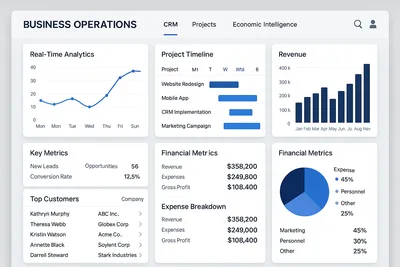
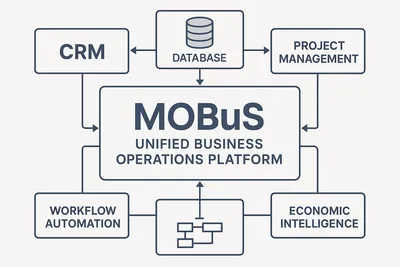
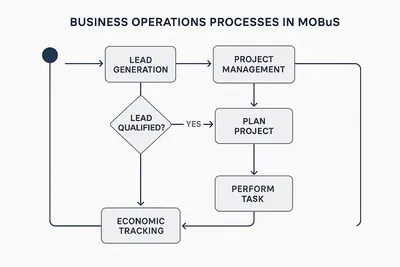
Other Initiatives
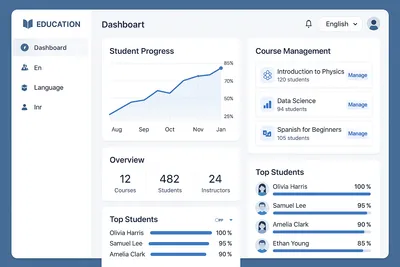
ASOP - Advanced Studies Online Platform
Educational administration meets global operations. International institutions need platforms that preserve pedagogical integrity while modernizing delivery. Legacy system patterns inform migration strategy. Architecture handles seven languages and thousands of concurrent students seamlessly.

integrated.living - Consciousness Methodology Platform
Consciousness development requires systematic methodology, not scattered practices. Most approaches fragment understanding across separate domains — meditation stays in the spiritual realm, productivity in business, wellness in health. Systematic Integrated Living applies consciousness principles fractally across all life domains through structured training that transforms philosophical understanding into practical capability.

Lifeplan.Vision - Systematic Personal Alignment
Personal development fragments across disconnected tools that treat symptoms rather than systemic misalignment. When core values contradict chosen roles, or life goals conflict with authentic identity, persistent inner tension persists regardless of external achievement. Lifeplan.Vision applies systematic integration methodology to the domain of consciousness itself—transforming values, roles, and goals into a coherent life blueprint through AI-augmented NLP processes. Daily meditation integration ensures continuous calibration, converting episodic planning into sustained personal evolution.


